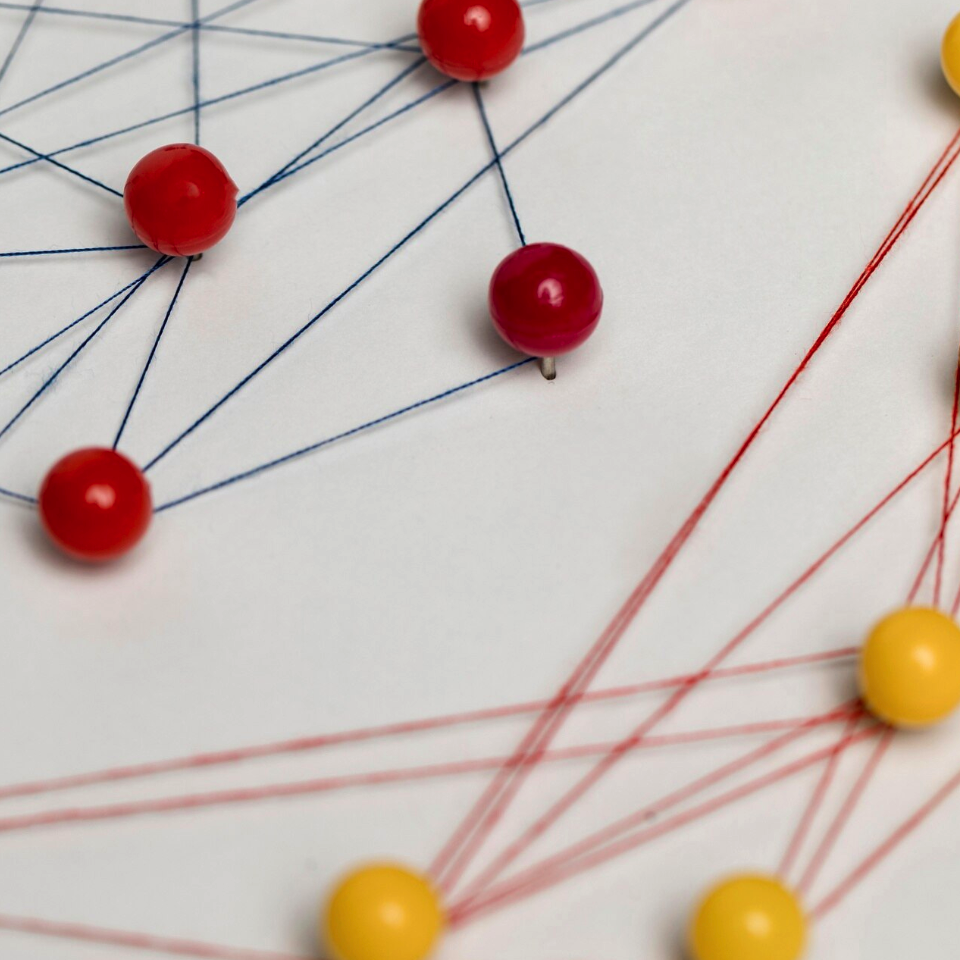Piezo channels in migraine and trigeminal pain syndromes: a systematic review of their role in pain pathways

Published: May 28, 2024
Abstract Views: 1540
PDF: 332
Publisher's note
All claims expressed in this article are solely those of the authors and do not necessarily represent those of their affiliated organizations, or those of the publisher, the editors and the reviewers. Any product that may be evaluated in this article or claim that may be made by its manufacturer is not guaranteed or endorsed by the publisher.
All claims expressed in this article are solely those of the authors and do not necessarily represent those of their affiliated organizations, or those of the publisher, the editors and the reviewers. Any product that may be evaluated in this article or claim that may be made by its manufacturer is not guaranteed or endorsed by the publisher.
Similar Articles
- Phat H. Le, William C. Upshaw, Tyler A. Le, Horace Townsend, Thanh P.D. Vu, Jill M. Salonga, Taylor Moss, Sridhar Tirumala, Sahar Shekoohi, Adam M. Kaye, Alan D. Kaye, Drug-associated delirium: basic pharmacologic principles and clinical considerations. A narrative review , Advancements in Health Research: Vol. 2 (2025)
- Martina Rekatsina, Giustino Varrassi, Emerging potential therapies for chronic abdominal visceral pain: an overview , Advancements in Health Research: Vol. 1 (2024)
- Chelsi J. Flanagan, Ross Dies, Connor J. Plaisance, Giustino Varrassi, Matthew J. Sharpe, Christopher L. Robinson, Shahab Ahmadzadeh, Adam M. Kaye, Sahar Shekoohi, Alan D. Kaye, Systematic review of endoscopic botulinum toxin injections for refractory gastroparesis , Advancements in Health Research: Vol. 2 (2025)
- Alberto Corriero, Mariateresa Giglio, Rossana Soloperto, Giustino Varrassi, Filomena Puntillo, Harnessing the healing power of creativity: exploring the role of art in healthcare through art, dance, and music therapy , Advancements in Health Research: Vol. 1 (2024)
- Krisyanth Thiagarajan, Gurmeet Singh Gurdial Singh, Syamsul Rizal Abu Amin, A rare case of vastus intermedius tear in a middle-aged gentleman: a case report , Advancements in Health Research: Vol. 1 (2024)
- Mariateresa Giglio, Alberto Corriero, Angela Preziosa, Giustino Varrassi, Filomena Puntillo, A unique case of calcinosis in a patient with systemic sclerosis treated with spinal cord stimulation , Advancements in Health Research: Vol. 1 (2024)
- Giustino Varrassi, Emanuele Cereda, Giovanni A. Ruoppolo, Marco Mercieri, Maurizio Muscaritoli, The drug called food and its role as a therapy for chronic patients: a comprehensive narrative review , Advancements in Health Research: Vol. 1 (2024)
- Giustino Varrassi, Pierangelo Geppetti, Editorial , Advancements in Health Research: Vol. 1 (2024)
- Alkisti Giannaki, Martina Rekatsina , Mohamed Hassouna, Roman Cregg, Efficacy of trigger point injection for non-malignant persistent musculoskeletal pain: a narrative review , Advancements in Health Research: Vol. 2 (2025)
- Luis Carvalheiro Fagulha, Antonio Montero , Effectiveness of the erector spinae plane block for the management of persistent pain after lumbar surgery: a prospective study , Advancements in Health Research: Vol. 2 (2025)
1-10 of 16
Next
You may also start an advanced similarity search for this article.








